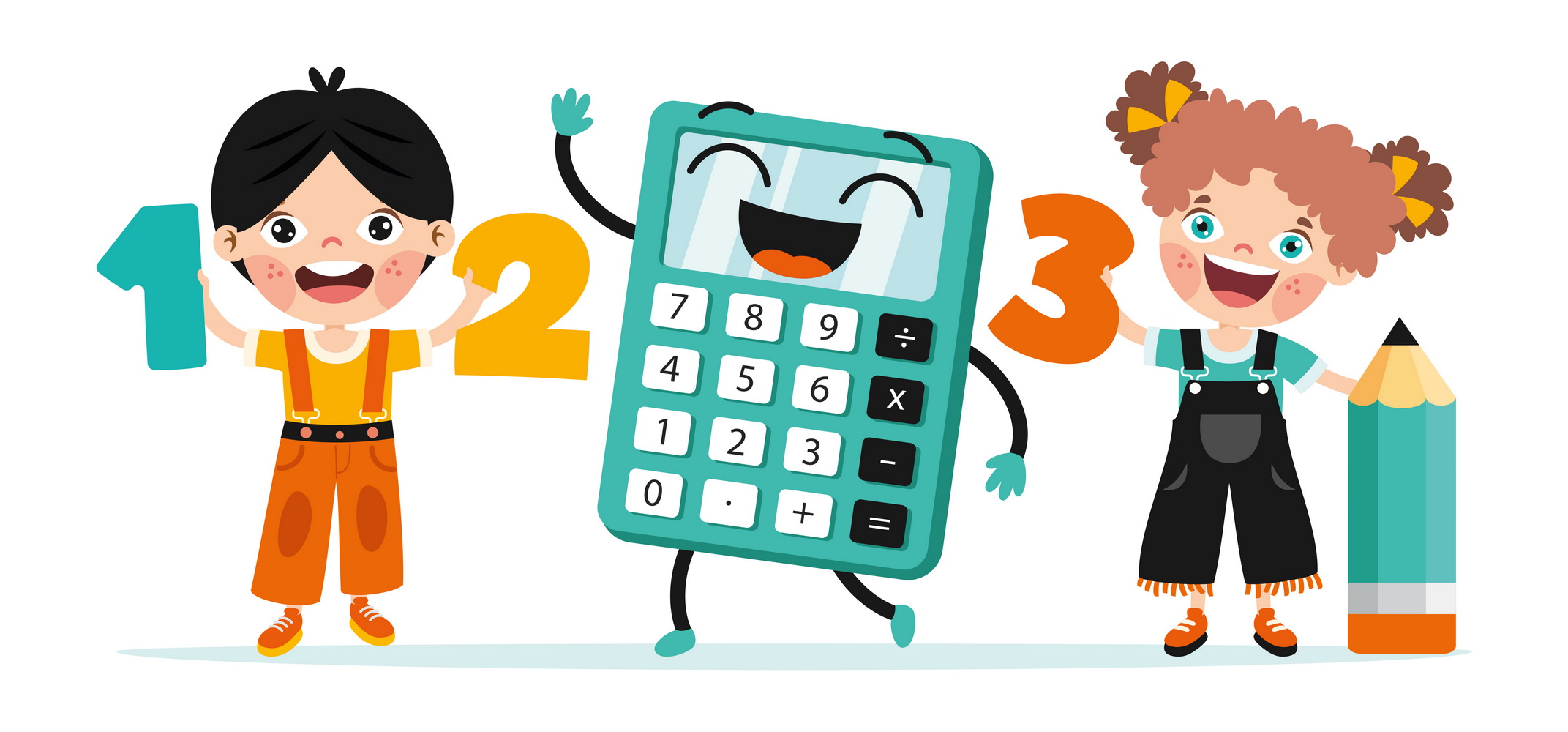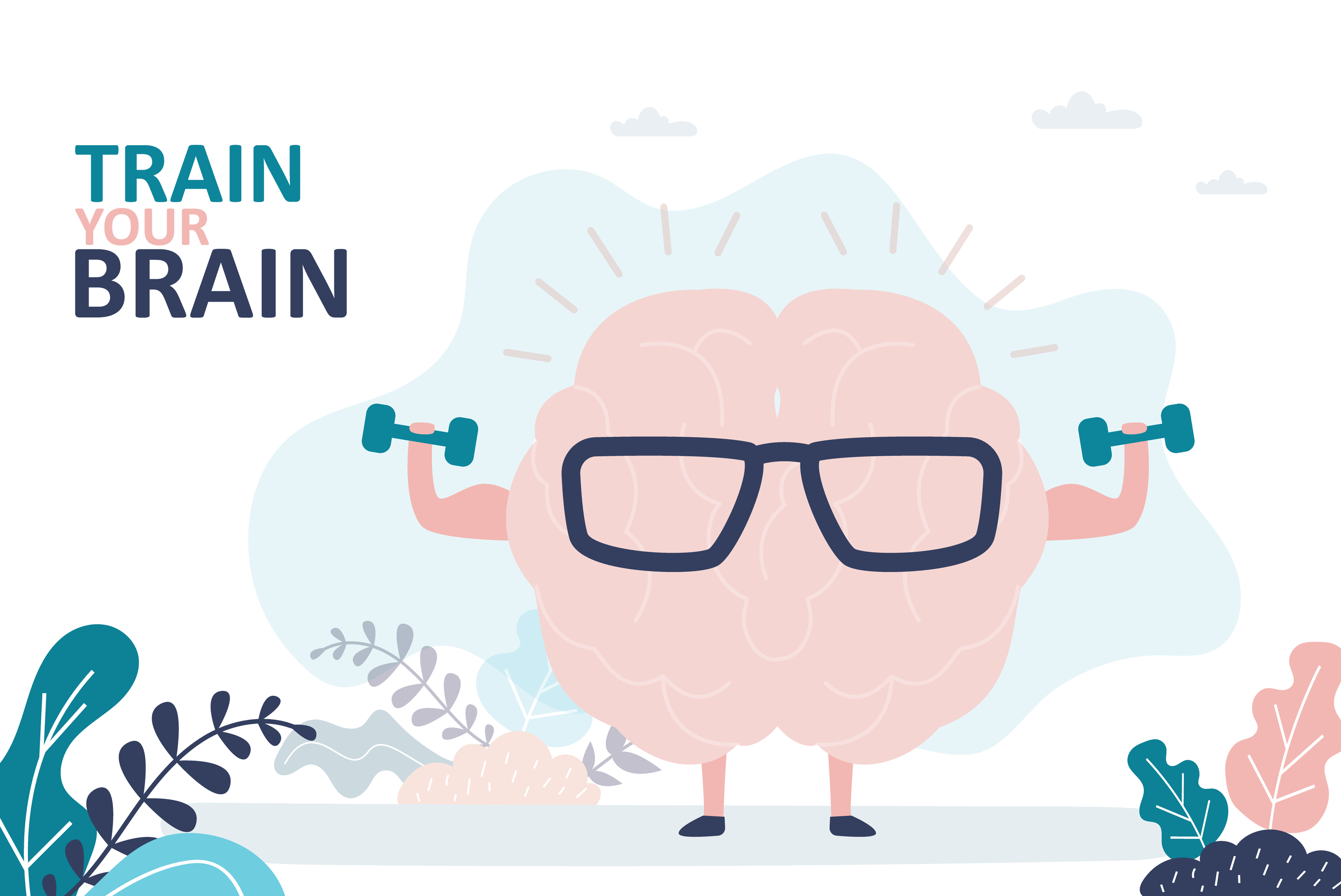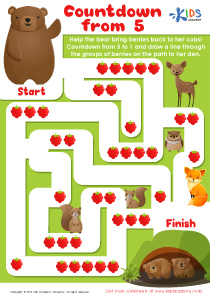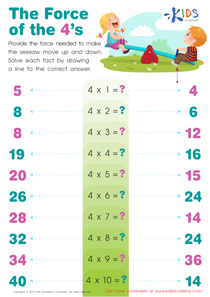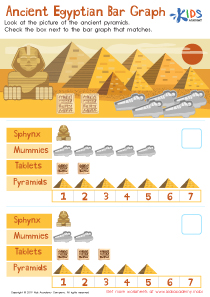Time reading skills Easy Time Worksheets for Ages 4-6
3 filtered results
-
From - To
Time Reading Skills: Easy Worksheets for Ages 4-6
Introducing a collection of engaging and colorful worksheets designed to help young children master the skill of reading time. These Easy Time Worksheets for ages 4-6 provide a fun, straightforward approach to learning the basics of telling time on analog and digital clocks. Featuring a range of exercises, including matching, drawing clock hands, and filling in the blanks, these worksheets cater to early learners by promoting hands-on practice and visual learning. Perfect for parents and teachers, these resources will build confidence and foundational time-telling skills in a playful and interactive manner.


Afternoon Plan: Digital and Analog Clocks Worksheet
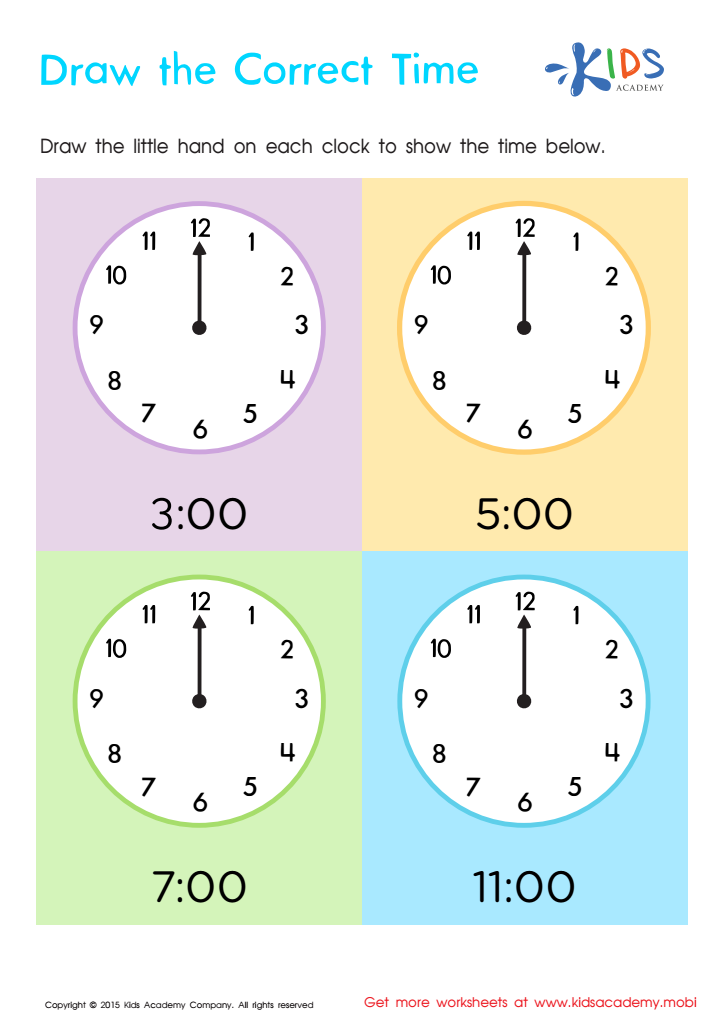

Telling The Time Worksheet: Part 1
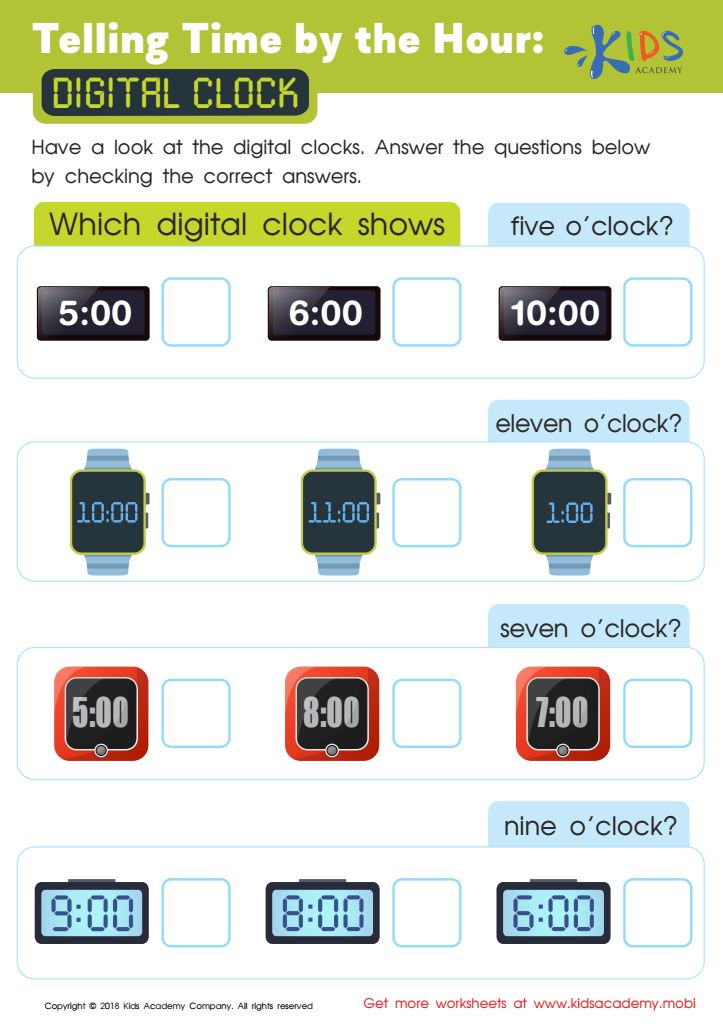

Telling Time by the Hour: Digital Clock Worksheet
Parents and teachers should prioritize developing time-reading skills in children aged 4-6 because this fundamental ability plays a crucial role in their daily lives and overall cognitive development. Understanding time helps young children manage routines better, fostering a sense of responsibility and independence. It also enhances their ability to follow schedules, such as knowing when it's time for school, homework, or bedtime, which is essential for maintaining a structured and organized lifestyle.
Moreover, mastering time-reading skills in early childhood sets the stage for future academic success. It strengthens mathematical abilities by teaching concepts like counting, sequencing, and estimation. Additionally, it nurtures language skills through learning new vocabulary related to time, such as "hour," "minute," "early," and "late."
Building these skills at an early age also improves critical thinking and problem-solving abilities, as children learn to plan and anticipate future events. In a social context, it allows them to interact more effectively and respectfully with peers and adults by understanding the importance of punctuality.
In sum, proficiency in time reading for young children not only supports their academic and personal growth but also equips them with practical life skills that are indispensable throughout their lives.
 Assign to My Students
Assign to My Students





